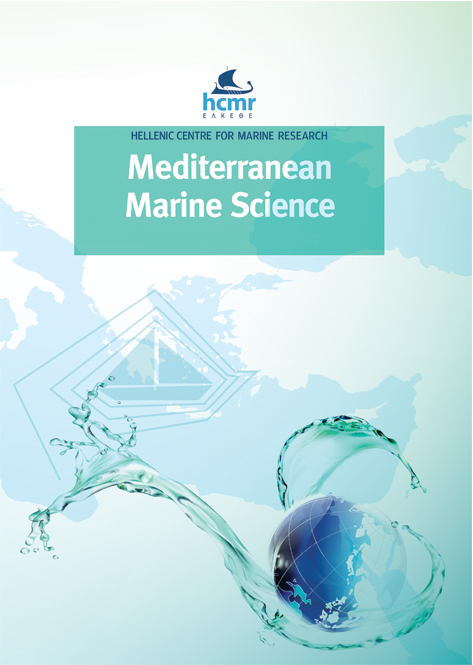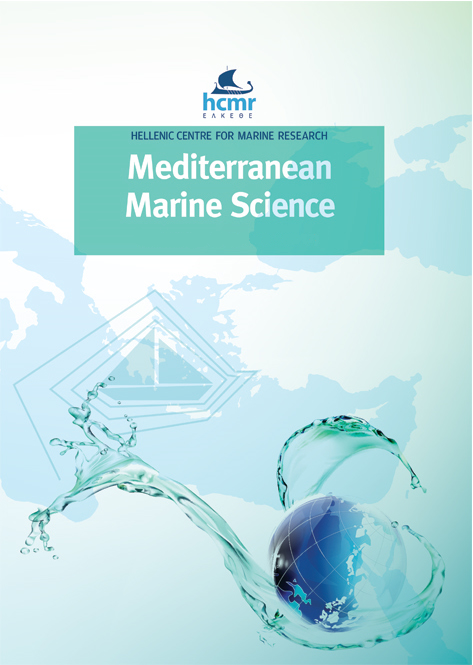Atmospheric indices allow anticipating the incidence of jellyfish coastal swarms

Abstract
Jellyfish swarms affect littoral ecosystems, are unpleasant for bathers and jeopardize coastal socio-economic sectors. Anticipating the incidence of jellyfish swarms could be useful for implementing preventive management measures. Macroclimatic indices are good candidates for this type of anticipation since they are macro-ecologically related to oceanographic characteristics that affect marine species after a certain time lag. An increase of jellyfish swarms has been recently reported in the Mediterranean Sea. From 2005 to 2018, jellyfish swarms in the littoral of the province of Malaga (Spain, northwest coast of the Alboran Sea), mainly formed by the mauve stinger (Pelagia noctiluca), were frequent during summer. We recorded data on jellyfish swarm incidence in the province of Malaga from 2005 to 2018 using the reports in local newspapers, searches in Google Search Engine, and a citizen science application for mobile phones as information sources. With this information, we classified the period in years of low, medium and high incidence of jellyfish swarms. Then, we tested if the known effects of the Arctic Oscillation (AO) and North Atlantic Oscillation (NAO) in winter on the sea surface temperature (SST) during the year, which in turn affects the proliferation of jellyfish, could explain the inter-annual variation in this incidence. Our hypothesis significantly explained the variation in the medium versus low incidence of jellyfish swarms, with medium incidence in the summers of higher SST. This suggests that medium incidence of jellyfish swarms was caused by the proliferation of jellyfish. This also suggests that years of medium incidence of jellyfish in the beach during summer could be anticipated by computing the average AO and NAO values of the previous winter. Years of high incidence of swarms could not be explained by this process. We speculate that they may be caused by a change in the distribution of the swarms rather than by proliferation. Jellyfish may be pushed from the pelagic western anticyclonic gyre of the Alboran Sea to the northern coast by eddies that are formed when, as recent literature has shown, this gyre is weakened by westerly winds and the Atlantic jet. Citizen science has contributed useful data to build macroecological models that may result in better management plans based on scientific data.
Article Details
- How to Cite
-
BELLIDO, J. J., BÁEZ, J. C., SOUVIRON-PRIEGO, L., FERRI-YAÑEZ, F., SALAS, C., LÓPEZ, J. A., & REAL, R. (2020). Atmospheric indices allow anticipating the incidence of jellyfish coastal swarms. Mediterranean Marine Science, 21(2), 289–297. https://doi.org/10.12681/mms.20983
- Issue
- Vol. 21 No. 2 (2020)
- Section
- Research Article
Authors who publish with this journal agree to the following terms:
- Authors retain copyright and grant the journal right of first publication with the work simultaneously licensed under a Creative Commons Attribution Non-Commercial License that allows others to share the work with an acknowledgement of the work's authorship and initial publication in this journal.
- Authors are able to enter into separate, additional contractual arrangements for the non-exclusive distribution of the journal's published version of the work (e.g. post it to an institutional repository or publish it in a book), with an acknowledgement of its initial publication in this journal.
- Authors are permitted and encouraged to post their work online (preferably in institutional repositories or on their website) prior to and during the submission process, as it can lead to productive exchanges, as well as earlier and greater citation of published work (See The Effect of Open Access).





